Major changes, including a long-awaited overhaul to Freeview HD channel numbering and the option to watch some Freeview channels via broadband instead of over-the-air, have been approved by Freeview today, following a consultation published late last year by Digital UK.
The streaming-based channels, in particular, may change the way Freeview works in a big way – potentially adding a large number of new channels that won’t require an aerial.
Digital UK leads the development of Freeview (and, following an upcoming merger – Freesat as well), and holds Ofcom licences to provide an Electronic Programme Guide (EPG) and its listing of Logical Channel Numbers (LCN). Those channel numbers are then used by Freeview, Freeview Play, BT TV, TalkTalk TV, YouView, EE TV and NOW TV.
Established in 2002, Freeview is the United Kingdom’s terrestrial television platform. It provides free-to-air TV channels and radio stations (via a Freeview aerial – see our recommendations), including more than 80 standard and HD channels (See our full Freeview guide here).
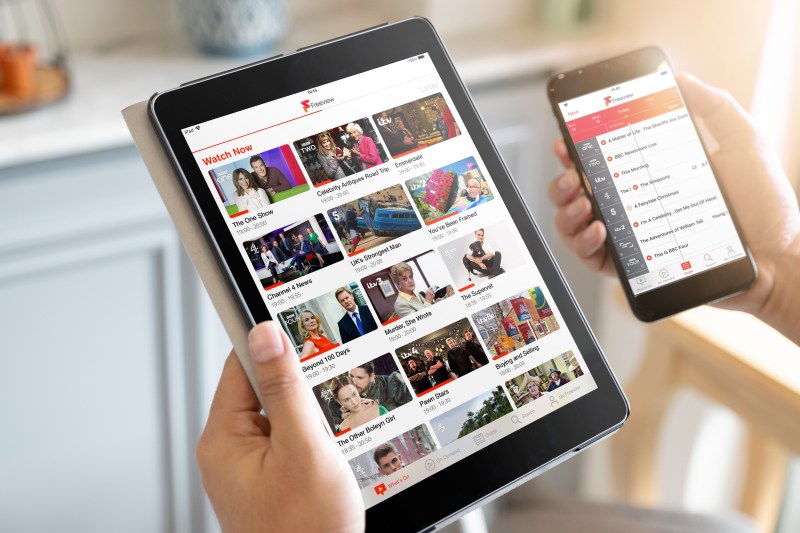
Back in November, we told you about a consultation published by Digital UK, that proposed several important changes to how some things currently work on Freeview.
Some of these changes, such as the ability to fall back to a streaming channel when reception is bad, will only work on newer Freeview Play devices (see our recommended Freeview boxes here).
Freeview Play is a platform that combines over-the-air Freeview channels with content on-demand via the internet, giving you access to several popular UK catch-up apps, such as BBC iPlayer, ITV Hub and others. It works on dedicated Freeview Play devices, and requires an internet connection.
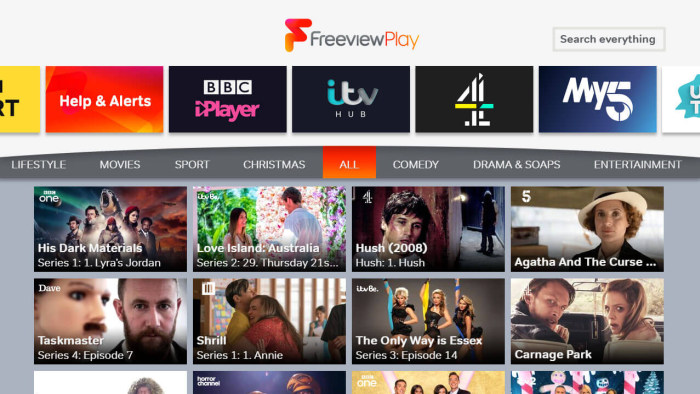
During the open consultation, Digital UK received responses from the public as well as channel providers and stakeholders. Today, they published the consultation’s results – and their decisions.
Replacing SD Channels With HD Versions
Despite the fact that High Definition (HD) channels have been available on Freeview for more than 10 years, they were pushed back on the EPG to the 101+ channel numbers.
So in this day and age, with 4K is becoming the norm on some services, many viewers find it strange that popular channels such as ITV, BBC and Channel 4 have their HD versions hidden all the way up in the listing.
Therefore, in their consultation, Digital UK offered to finally change the old numbering order, and substitute SD channels with their HD equivalent.
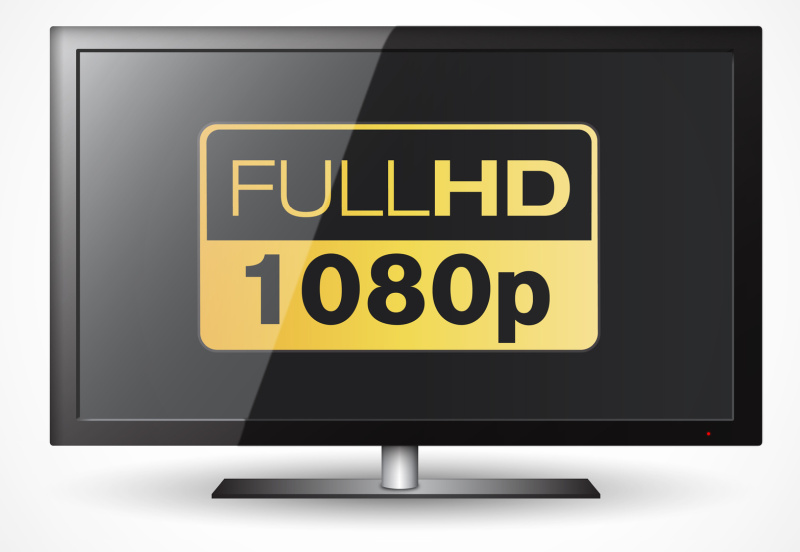
Today, that proposal has been accepted, and the changes will be implemented (but will be up to channel providers to decide whether they want to make the change or not.)
If a channel is available in both SD and HD, then the channel provider may choose for it to appear under its previous SD number (on supported devices). The older HD number (above 100) may be left in its place as well, meaning some channels will appear twice in the listing.
The SD version of the channel will still exist, for those who need it (people with older TVs, for example) – but will be moved to a special, designated numbering area.
One condition to this implementation, at least for Public Service Broadcasters (like the BBC) is that both the SD and HD versions of the channel will be identical:
“In the case of Public Service Broadcast (PSB) channels, where an HD version is substituted in the LCN for the SD version, all programming on the HD version must be an exact simulcast of the SD version in order to satisfy Ofcom’s PSB prominence requirements that came into effect on 4 January 2021.”
It’s important to note again that this change would only work on Freeview Play devices that support Digital UK’s “Channel List Management” technology.
That technology was implemented on Freeview devices released in 2020 and onwards (though some older ones may be able to get it with a software update – but not all).
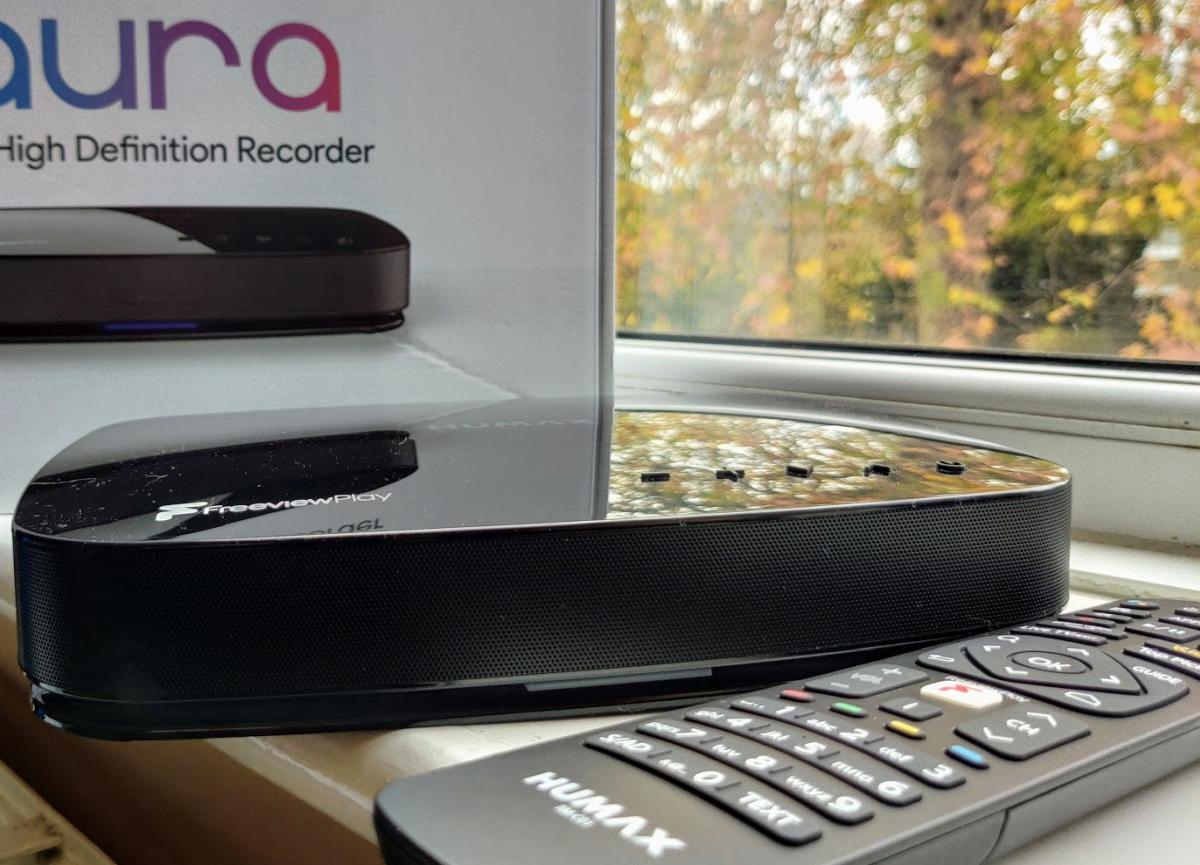
This may cause some confusion, as some older devices would still show the older channel numbers, while newer devices will show the new, HD-first numbering.
While Freeview told us that this will be up to the channel providers to decide whether to implement or not, they would work with each channel provider to minimise any potential for confusion.
In addition, only channels that already have (or will get in the future) a Freeview Play app will be able to implement this HD/SD change.
In the consultation, some broadcasters called for this to be possible through other means and tech standards, but Digital UK has concluded that “it is appropriate for the time being to require that for HD/SD substitution channel providers must provide a feed via a Freeview Play application.”
IP Fallback: Streaming Freeview Channels Without An Aerial
Another proposal that was approved today, and could have major ramifications on how Freeview works, is the possibility to stream Freeview channels via the internet, without the need for an aerial (or when reception is bad).
In a way, this is already possible today, via a workaround: You can already stream live versions of some of the major Freeview Play channels via their dedicated apps (BBC iPlayer, ITV Hub, etc).
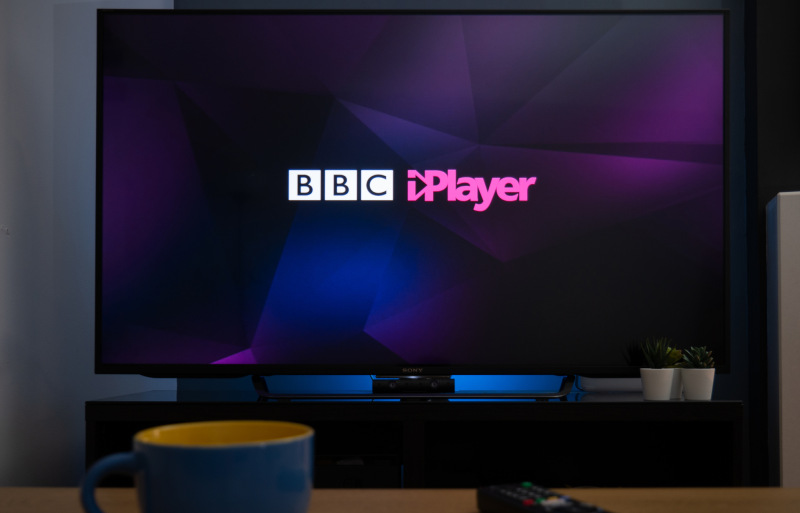
However, with the upcoming changes, you would not need to manually run each app and look for its live feed. Instead, you would simply switch to a channel as you did before, but that channel would be delivered to you via broadband instead of over-the-air.
“If a channel qualifies for an LCN within a particular region of the UK, then the channel provider may choose to display the channel via IP on that LCN within that region – including to devices that are not connected to an aerial (so long as the channel provider is able to provide us with a technically compliant IP stream;
At present, we intend to offer this option to channel providers which have a Freeview Play application, because we have existing processes in place to ensure their streams are fully integrated and tested.”
So, as with the SD/HD change, these IP-based channels would also only work on newer Freeview Play devices, and only for channel providers that have a Freeview Play app.
Broadband-Only Channels
In the original consultation, Digital UK offered to only let over-the-air channels fall-back to a broadband-based channel.
Eventually, however, they have also decided to reserve a range of LCNs that may be allocated to channels that are carried on a Freeview Play application but are not owned and operated by the company that owns the application.
This opens up the possibility of Freeview channels that are ONLY available via broadband (this exists in a very limited fashion for some channels today).
Channels that deliver content solely via IP will be allocated LCNs within the 300-599 range, within genres:
- General Entertainment 300-449
- Children’s 450-499
- News 500-599
While these channels would still need a Freeview Play Content Provider agreement with Digital UK, and will have to adhere to strict rules and guidelines, this might be the biggest potential change in Freeview’s future, with existing and new channels eventually becoming broadband-based, without the need for an aerial at all.
Additional Proposed Changes That Were Accepted
In addition to the above, Digital UK decided to implement a few additional changes from their consultation:
- Remove the current restrictions on how many times channel providers are allowed to change their channel’s name (for example – when they change it to a Christmas-themed channel temporarily), or how many times they are allowed to change channel numbers within their own “batch”.
- Remove the current restrictions on channel providers trading channel numbers (with the exception of Public Service Channels).
- Implement a broadcast minimum of 6 hours per day or 42 hours per week for new channels.
It’s important to note that while all these changes have been approved, they are not here yet, and channel providers who decide to implement them will have to work with Freeview on how to do the implementation – something that may take time.
However, Freeview has told us that work is already underway from a technical and operational perspective to support the switching on of the new features.
Want more Freeview updates and news? Make sure you Subscribe to our free newsletter.

I don’t see how this can be implemented when the BBC still do not transmit regional news in HD yet.
This needs to change first.
Until all transmitters are able to transmit the full number of Freeview plus channels all this is irrelevant.
But that’s the point of IP Fallback – channels will be streamed via broadband, when over-the-air transmission isn’t possible (for whatever reason).
Streaming TV through the phone line broad-band is becoming the norm, there no space left to broadcast more channels on the UHF Band as the space is full and mobile phone company 5G has taken up the the tv frequency space, so when there more space for channels I like to see Sky one appear on the platform.
Like many people, I have a poor broadband service, (2mpbs) so cannot stream TV in HD.
I hope this is going to be taken into account.